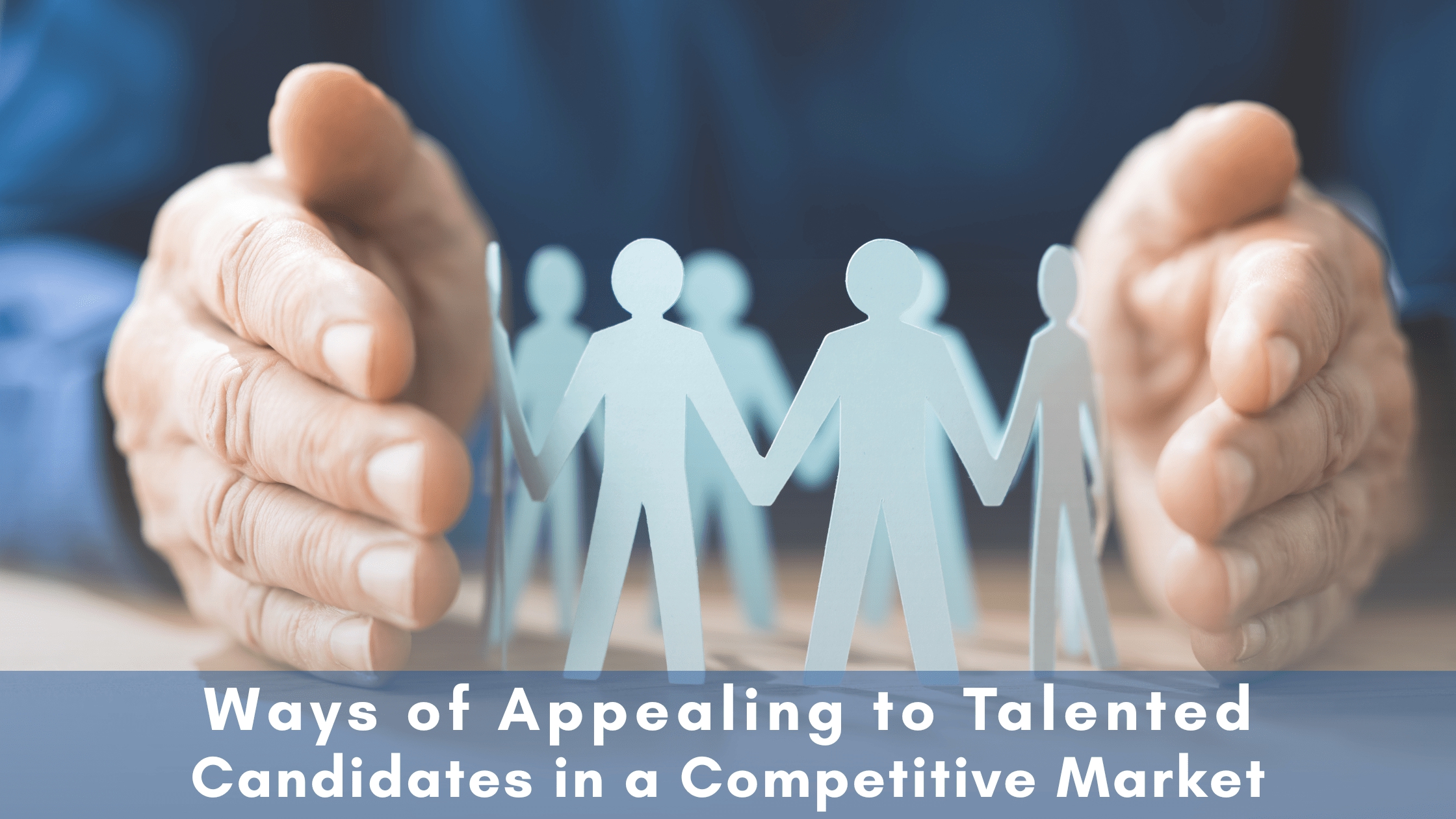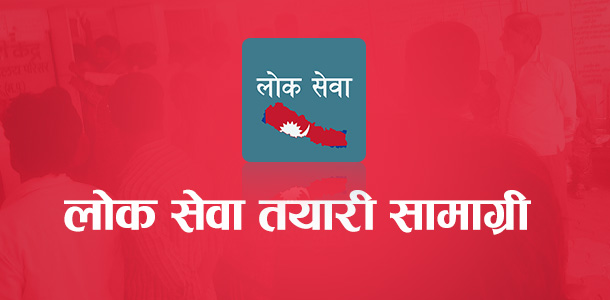Organized by Real Solutions Pvt Ltd on November 29, 2017, 65th HR Kurakani was held at the premise of Real Solutions, Minbhawan, New Baneshwar. Different participants from various companies participated HR Kurakani on that day. The topic for the discussion was "Designing and Implementing the Onboarding Strategies".
Onboarding provides employees with the opportunity to learn valuable new insights into their new organization’s culture, mission, and brand and prepare for their new role. There are a number of things that a successful onboarding process includes. Perhaps the most basic of thing is a clear understanding of the difference between orientation, training, and onboarding.
Orientation and training are essential parts of the onboarding process, but by no means are they the process in its entirety. Onboarding involves much more. It is a process of immersing a new hire into the corporate culture, ensuring a smooth transition to valued, loyal employee.
Here are some steps to take to make that happen.
Start Onboarding before Hire
Though this may seem unreasonable, successful onboarding starts well before a candidate is actually hired. Remembering that onboarding is the process of integrating a new hire into your company culture, it is easy to see that exposure to your company culture begins in the recruitment process. Is your talent acquisition all that it should be? For instance, do your recruiting strategies align with your company culture? If not, candidates coming into your organization can experience “culture-shock” — a negative initial impression which may linger and lead to a retention issue at some point.
Optimize Orientation
The orientation process is an important next
step. Planning ahead for an employee’s first day indicates a sincere interest
in his or her successful transition. Some organizations handle much of the
orientation process, including education about compliance issues and company
policies, even before the first day of employment. Making the best out of it is going to benefit
the company as well as the new hire. The mentor has to make feel the new hires
comfortable, so that he/she can share his/her difficulties and problems
Train with Clear Purpose
Training your new hire should commence
immediately and should be an ongoing structured process. Initial training
involves clarifying and confirming what the new hire already knows about your
company. Once that is done, training should cover such things as organizational
programs that lead to career path advancement, company best practices,
instruction on how to best use technology and equipment provided,
practice-based learning, and goal-setting sessions to help a new hire focus on
making the most of the opportunities provided by your organization.
Coach for Culture
A key part of talent management in the
onboarding process is matching a new hire with the appropriate mentor within
your organization. The goal of the mentor should be to help the new hire
understand and appreciate your organizational culture.
Many successful companies use this stage of
the process to introduce a new employee to key executives in the organization. Coaching
should also include regular check-ins during the first few months of
employment, as some issues a new hire may face do not manifest themselves on
day one. This nurturing environment takes some of the stress of transition out
of the equation and ultimately leads to better employee outcomes.
Build a Better Network
The final piece of the onboarding process is
helping a new employee make the connections he or she needs to succeed
long-term with your organization. Social integration with other key employees
is essential for success. Encourage a new employee to form high-quality
relationships with leaders and other team members. An employee who feels a part
of the corporate community will be less likely to decide to leave your company
down the road.
Strategic onboarding not only reduces
operating costs and helps new hires, improve their personal contribution to the
enterprise; it also reduces regrettable attrition, and helps the organization
deliver against its strategic goals.
If you find this blog helpful, click here to find other relevant HR Insider blogs.
















